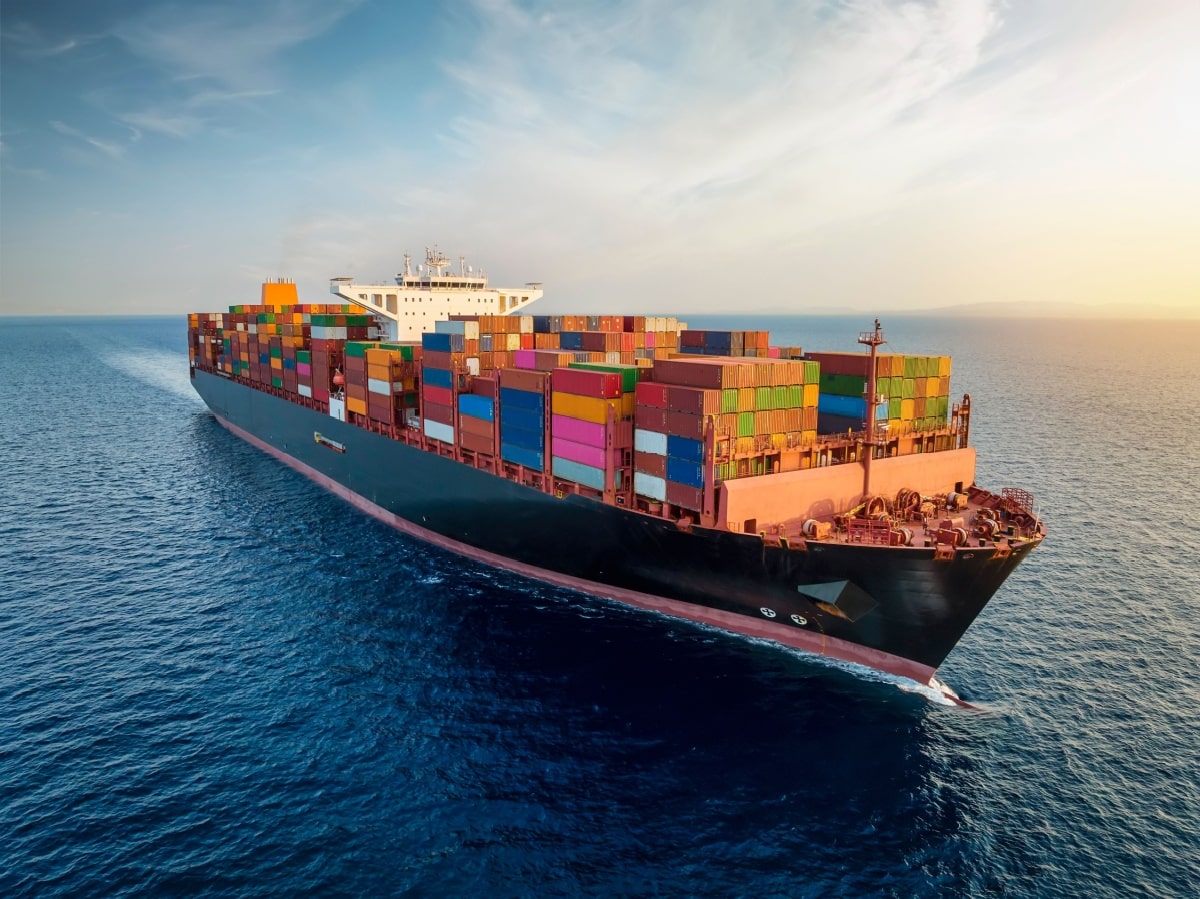U.S. seaports are expected to finish 2025 with container activity close to 2024 levels. Even with tariff uncertainty and shifting sourcing patterns, volumes across major gateways remain relatively stable.
Transportation consultant Thomas Witt notes that steadiness in port activity provides a clearer baseline for shippers planning ocean connections, inland movement, and inventory positioning. While not a surge year, consistency brings its own advantages.
Forecasted Volume Patterns Across Major U.S. Gateways
Recent projections suggest that total container activity for 2025 will land close to last year’s totals. Some ports saw softer months, while others recorded stronger-than-expected import activity early in the year. Overall, volumes are neither rising sharply nor collapsing—an environment that allows businesses to plan with fewer surprises.
Thomas Witt emphasizes that this kind of stability can help companies refine routing decisions, evaluate carrier schedules, and align inventory cycles with more predictable flow through U.S. gateways.
What a Stable Year Means for International Operations
For organizations relying on consistent port performance, steady volume patterns create several advantages:
- Reduced congestion risk – Flat volumes lower the chance of sudden bottlenecks at major terminals.
- More predictable inland routing – Balanced throughput helps inland connections run with fewer disruptions.
- Better planning windows – Companies can anticipate dwell times and coordinate cargo transfers more effectively.
- Improved contract timing – A calm year allows shippers to review service options and negotiate from a position of clarity.
Even so, stability doesn’t mean inactivity. As the year closes, carriers may still shift vessel schedules or rebalance capacity. Monitoring these changes helps prevent delays during peak shipping windows.
Strategic Takeaways for Global Shippers
Businesses moving goods through U.S. ports can use this moment to:
- Review port choices and consider whether alternative gateways offer advantages.
- Strengthen communication with logistics partners regarding expected volume swings in early 2026.
- Evaluate technology tools that improve visibility across ocean and inland connections.
- Prepare for possible seasonal slowdowns or speedups as carriers adjust networks.
Thomas Witt encourages shippers to treat steady volumes as a planning opportunity. With fewer unexpected fluctuations, businesses can refine long-term strategies and position themselves for a smoother year ahead.

Leave a Reply